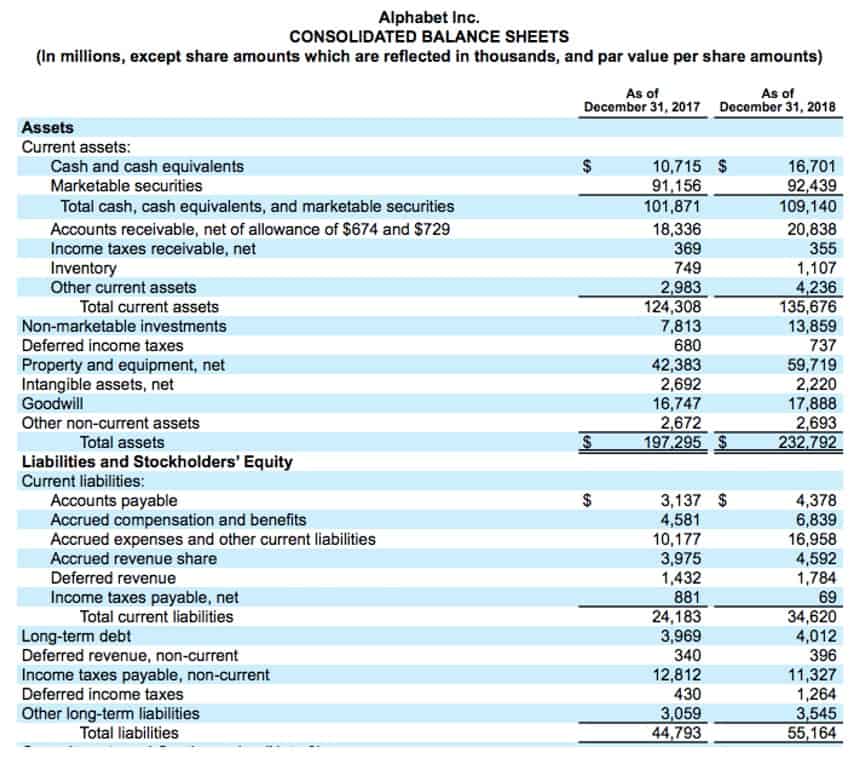
Managing inventory requires the owner to assign a value to each inventory item, and the two most common accounting methods are FIFO and LIFO. First in, first out (FIFO) is an inventory method that assumes the first fifo formula goods purchased are the first goods sold. This means that older inventory will get shipped out before newer inventory and the prices or values of each piece of inventory represents the most accurate estimation.

Learn more about what types of businesses use FIFO, real-life examples of FIFO, and the relevance of FIFO with frequently asked questions about the FIFO method. Perpetual inventory systems are also known as continuous inventory systems because they sequentially track every movement of inventory. The ending inventory at the end of the fourth day is $92 based on the FIFO method. On 2 January, Bill launched his web store and sold 4 toasters on the very first day.

It may also understate profits, which can make the business less appealing to potential investors. In some cases, a business may use FIFO to value its inventory but may not actually move old products first. If these products are perishable, become irrelevant, or otherwise change in value, FIFO may not be an accurate reflection of the ending inventory value that the company actually holds in stock. To calculate the value of inventory using the FIFO method, calculate the price a business paid for the oldest inventory batch and multiply it by the volume of inventory sold for a given period. Since First-In First-Out expenses the oldest costs (from the beginning of inventory), there is poor matching on the income statement.
LIFO usually doesn’t match the physical movement of inventory, as companies may be more likely to try to move older inventory first. However, companies like car dealerships or gas/oil companies may try to sell items marked with the highest cost to reduce their taxable income. So, which inventory figure a company https://www.bookstime.com/articles/present-value-of-a-single-amount starts with when valuing its inventory really does matter. And companies are required by law to state which accounting method they used in their published financials. The FIFO and LIFO compute the different cost of goods sold balances, and the amount of profit will be different on December 31st, 2021.
Most businesses use either FIFO or LIFO, and sole proprietors typically use average cost. FIFO means “First In, First Out” and is an asset-management and valuation method in which assets produced or acquired first are sold, used, or disposed of first. FIFO assumes assets with the oldest costs are included in the income statement’s Cost of Goods Sold (COGS). The remaining inventory assets are matched to assets most recently purchased or produced. The weighted average method calculates COGS based on the average cost of units purchased over an accounting period, rather than matching costs with specific inventory units. The first in, first out (FIFO) cost method assumes that the oldest inventory items are sold first, while the last in, first out method (LIFO) states that the newest items are sold first.
If you’re ready to try out a dedicated inventory system, Zoho Inventory is free to start. There are three other valuation methods that small businesses typically use. In these situations, FIFO presents the most relevant and accurate picture of inventory flows and costs on financial statements. But it does require strong organizational processes and documentation to track inventory in-flows and out-flows accurately. Put systems in place during the transition to set your business up for FIFO success.


